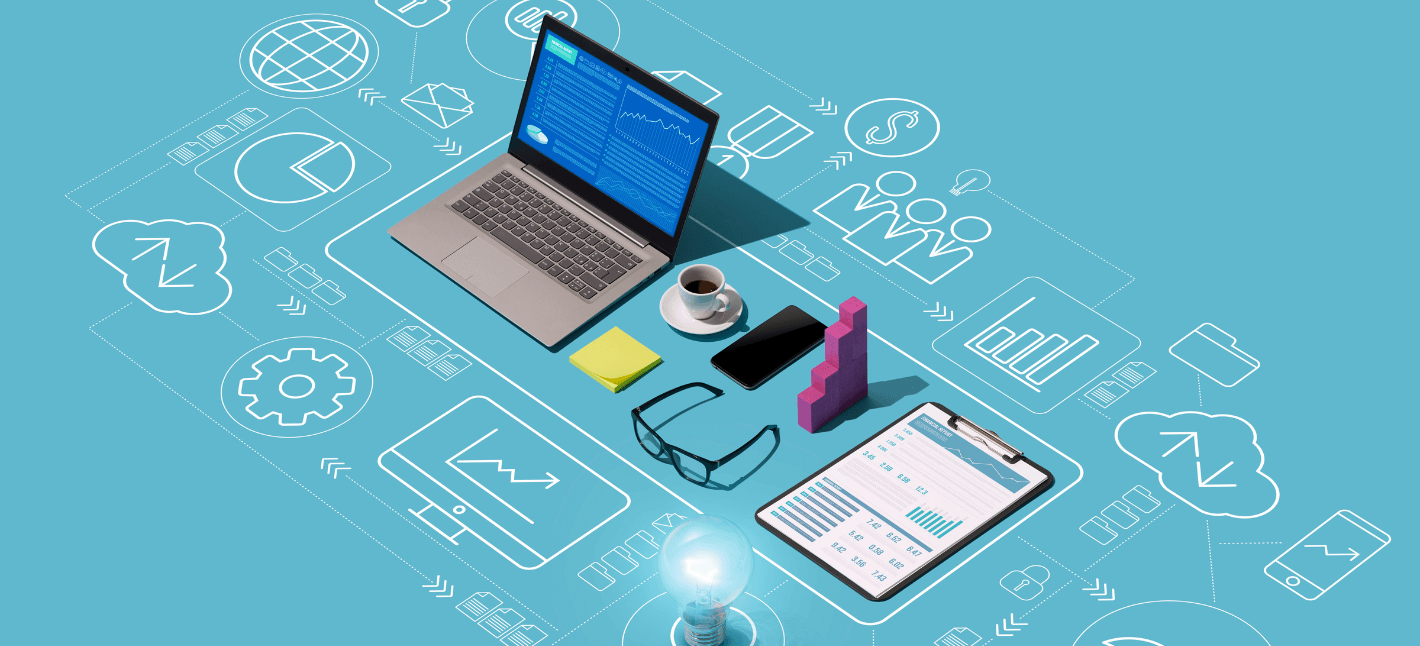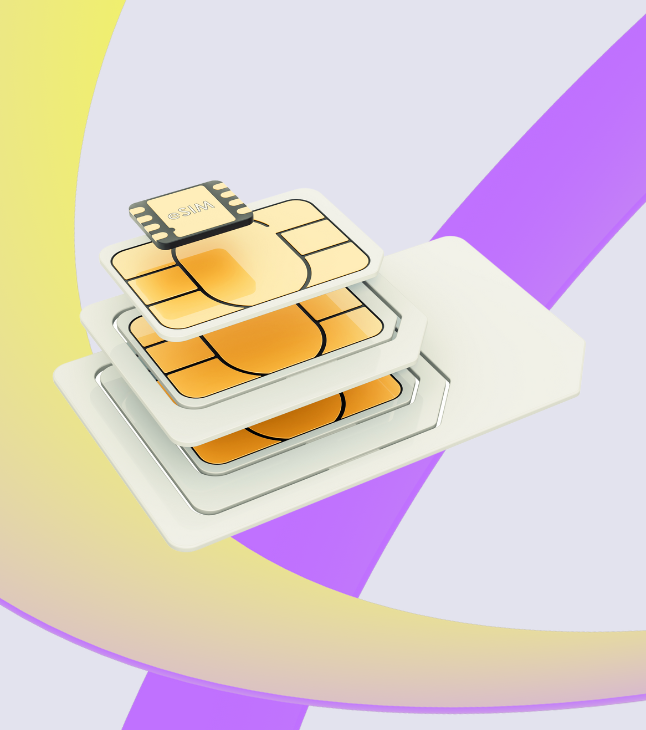By 2027, there will be nearly 29 billion IoT connections worldwide. It is an understatement to say that industries are rapidly adopting IoT deployments. Managing every IoT device within a premise will be a challenging task for companies. Introducing Mobile Device Management (MDM) can add significant value to organizations in addressing this challenge.
Let’s take a look at the complexity of managing those mobile devices and what is the strategic solution for it.
The complexity of managing IoT devices
Although IoT solutions offer numerous advantages to an organization, they also bring several challenges. Administering a fleet of IoT devices can be laborious and challenging for any network administrator. Here are some of the challenges associated with managing an extensive IoT ecosystem:
- IoT device provisioning
The continuous and vital process of onboarding and provisioning new devices is a crucial aspect of any organization’s ecosystem. Registering the device in the cloud database and associating it with the appropriate role and ruleset significantly impacts efficiency.
Registering and provisioning new devices is a key challenge for a device administrator in a growing ecosystem. A lack of remote device management would mean that all IoT devices would first need in-person support and manual onboarding.
- Firmware updates and software maintenance
Manufacturers of IoT devices continually enhance device firmware, and manually updating the latest firmware on devices would entail hours of work and meticulous versioning.
Imagine IoT devices situated in remote locations for applications like structural health monitoring. Without remote device management, updating firmware for such devices would be a labor-intensive process.
Therefore, software maintenance is a challenge that necessitates remote device management.
- Device performance monitoring
Smart devices heavily rely on the accuracy of their sensors. However, to ensure precise performance, these sensors need regular calibration and verification. Monitoring, diagnosing, and calibrating IoT devices become challenging without a centralized solution to streamline these processes.
- Timely maintenance and replacement
Ultimately, IoT solutions may reach the end of their lifecycle, requiring replacement or maintenance. While this process can be manually scheduled, it becomes less scalable with a growing fleet of IoT devices.
- Large-scale IoT implementations
Efficiently managing large-scale IoT implementations with thousands of devices demands significant effort. The process of overseeing these devices, maintaining system functionality, ensuring security, and achieving scalability in the ecosystem necessitates a solution like MDM – Mobile Device Management.
Everything you need to know about IoT Security
Advanced Mobile Device Management (MDM) solutions & their benefits
Modern smart devices, particularly Android ones, provide excellent provisions for remote access and control. A Mobile Device Management tool can significantly simplify the organization and management of IoT devices.
Any company should explore the potential of an MDM solution for their IoT device fleets to ensure that these devices add value rather than complexity. Here are several reasons why you should initiate an evaluation of an MDM solution:
- Access control of your Android devices
An MDM solution can ensure that company IoT devices are only used as per the set rules; it can help enforce device policies that can limit certain accesses and activities.
It also contributes to ensuring that company IoT devices are utilized by established rules. By enforcing device policies, an MDM solution can restrict specific accesses and activities.
Access control can also prevent risky activities on the device, such as third-party installations or changes to networks. It ensures that IoT infrastructures remain secure and accessible, contributing to smooth operations.
- OTA (Over-the-air) updates to IoT devices
An MDM solution would streamline the process for an organization to implement new features, security patches, or software provisions. Over-the-air updates enable IT administrators to remotely upgrade their devices without the necessity for a manual interface.
- Device monitoring and usage patterns
The presence of a centralized Mobile Device Management tool would empower an Android device manager to observe and monitor device location, battery status, and usage patterns. This capability would substantially decrease the efforts required for managing and maintaining IoT devices.
An MDM solution also aids in monitoring the performance of IoT devices. Discrepancies in the performance of any device, such as inadequate battery backup, can serve as indicators that the device requires attention. This proactive approach helps prevent downtime or device failures and is quickly gaining popularity in the in the agricultural and industrial sector.
- User authorization and role allocation
Companies can categorize employees into distinct roles, each associated with a specific set of whitelisted apps and authorized actions. Administrators can effortlessly enroll, update, or revoke access for a particular user as needed.
Moreover, organizations can mandate a password policy for users. Consequently, users with specific roles must secure their devices with passwords according to the established guidelines. This measure ensures that the entire IoT network is well-organized, layered, and secure.
- Customizable for organizations
Each organization uniquely leverages IoT. Companies employ diverse IoT devices for their purposes, and each adheres to its specific set of guidelines. Consequently, a single MDM solution cannot be standardized for different companies or industries.
Customization is imperative within these MDM solutions. It is crucial to shape the provisions for device management and control in a way that adds value to the company’s current usage policy and addresses IoT device management challenges effectively.
When selecting an MDM solution provider, companies need to assess the challenges they encounter and their objectives. Only through this evaluation can they determine if an MDM solution can genuinely support their IoT devices and provide added value.





